
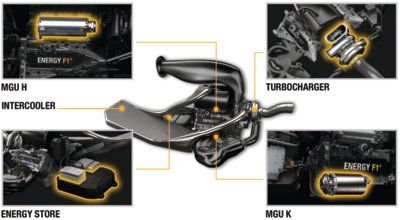
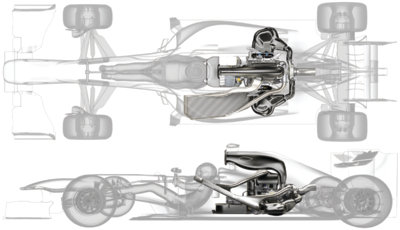
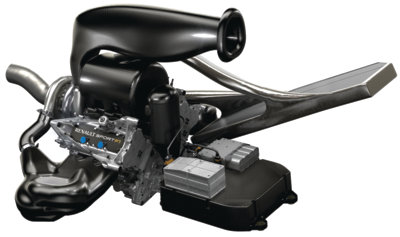



The alternator produces an AC current that must be converted into DC current by way of a rectifier.
Alternators have been used to charge the 12V DC electrical systems in vehicles since long before computers and networks were part of the equation. Just a few decades ago, the 12V DC electrical system wasn’t that vulnerable to ripple voltage. Today however, excessive ripple voltage can cause major communication issues across networks and can cause a number of communication DTCs to be set in multiple control modules.
A guide to probing and poking.
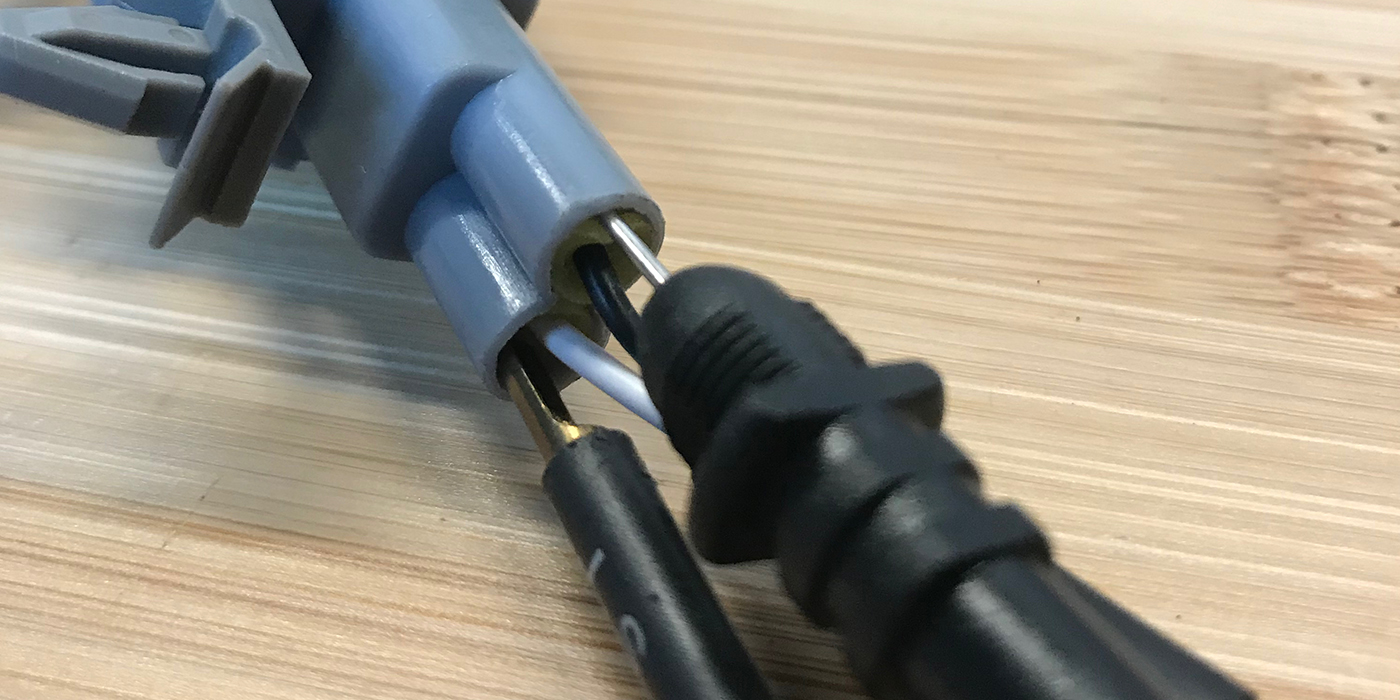
Here are some diesel air filter replacement tips in order to keep these vehicles running as intended.
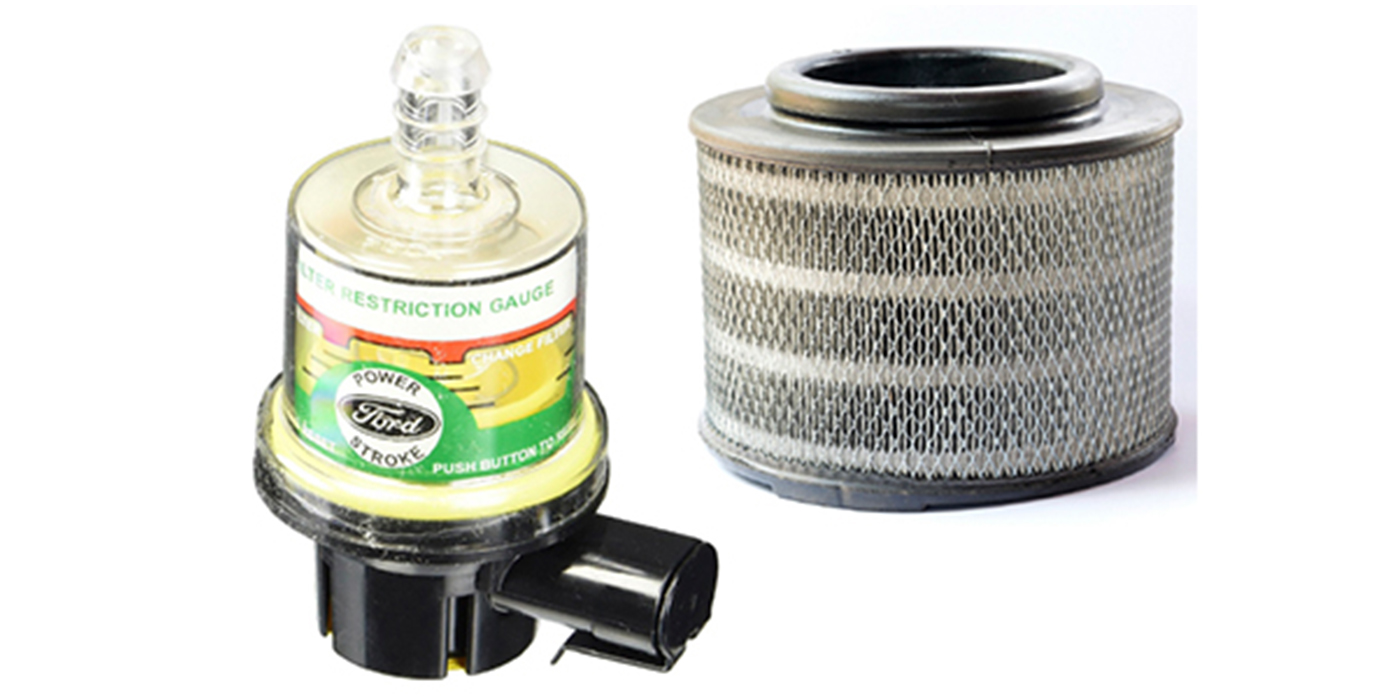
Knowing how to “force start” a hybrid vehicle can be helpful if you are trying to diagnose a noise problem that involves the accessory belt drive system.
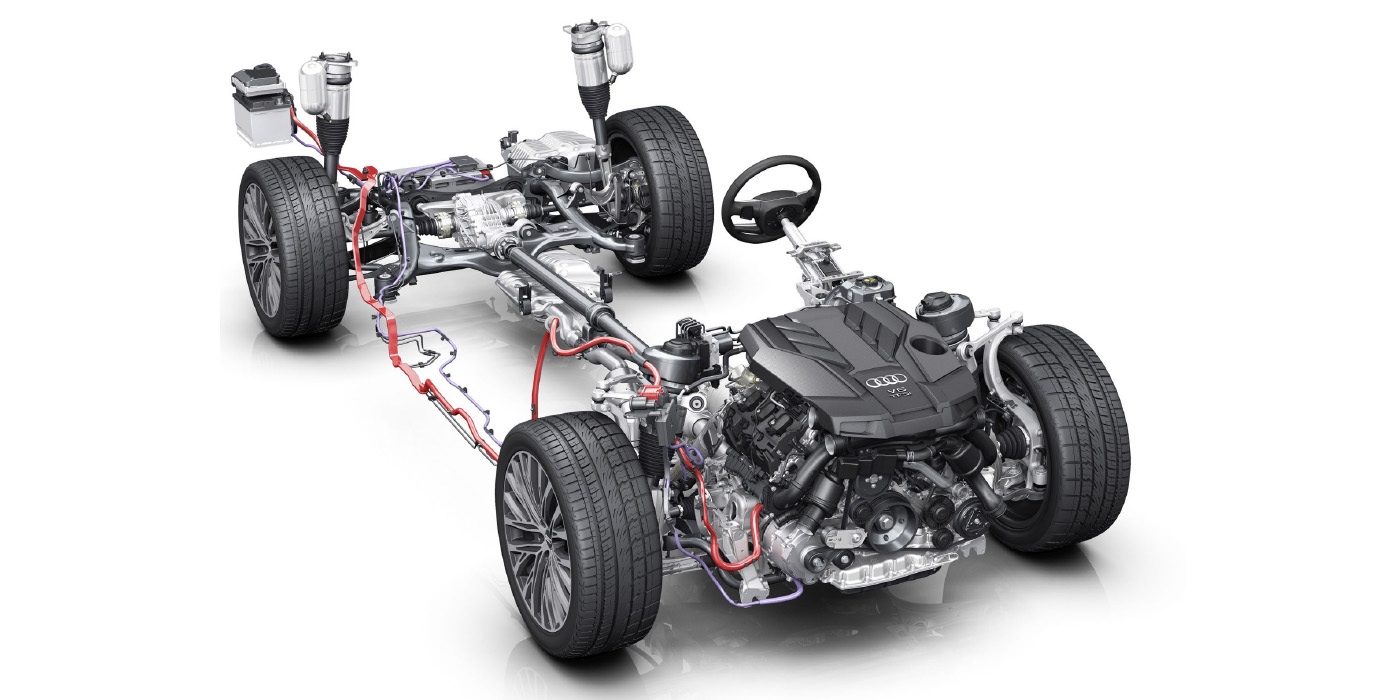
There’s a reason diesels typically utilize compound turbo setups instead of twin turbochargers.
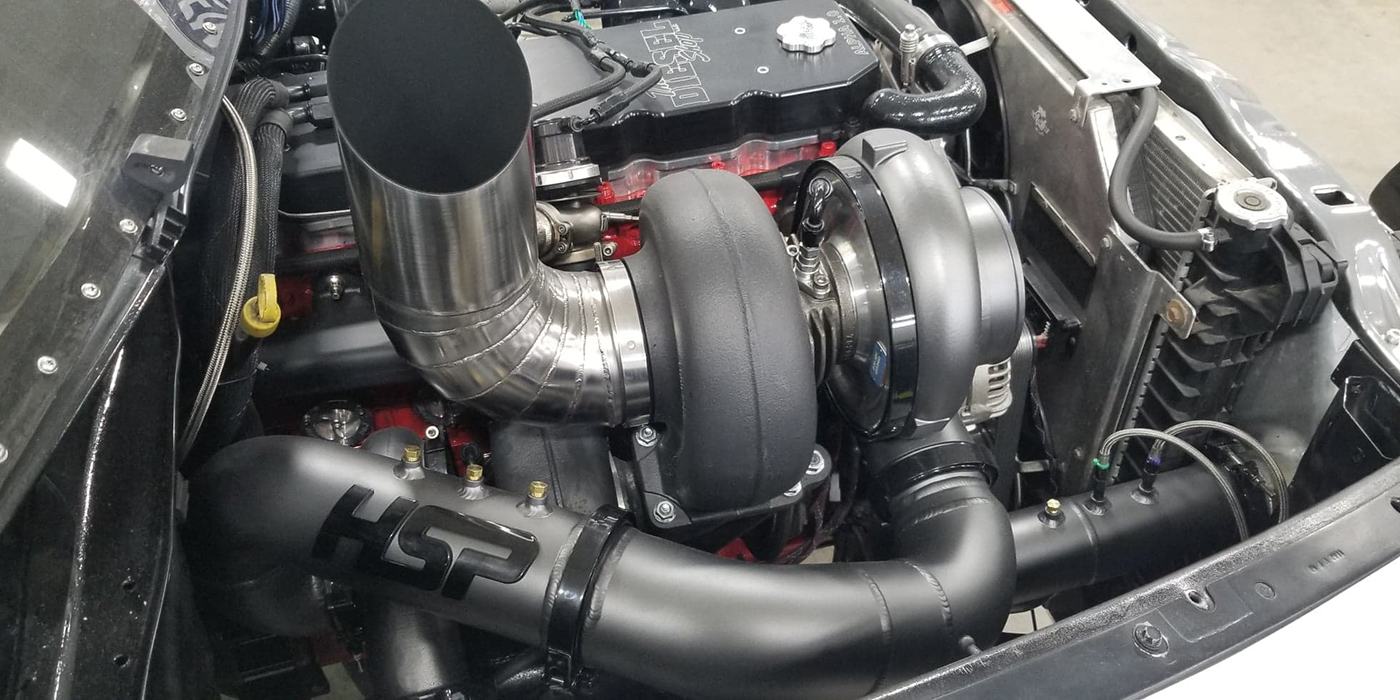
A misalignment of the plane of the belt can occur when a pulley is not parallel to the other pulleys on the belt drive system.

What if there are no codes and a misfire is intermittent? This is where it gets complicated.

The area of contact between the lifters and cam lobes is the highest loaded surface inside an engine.

Many alternator problems turn out to be nothing more than a bad connection at the alternator or a bad wiring harness.
